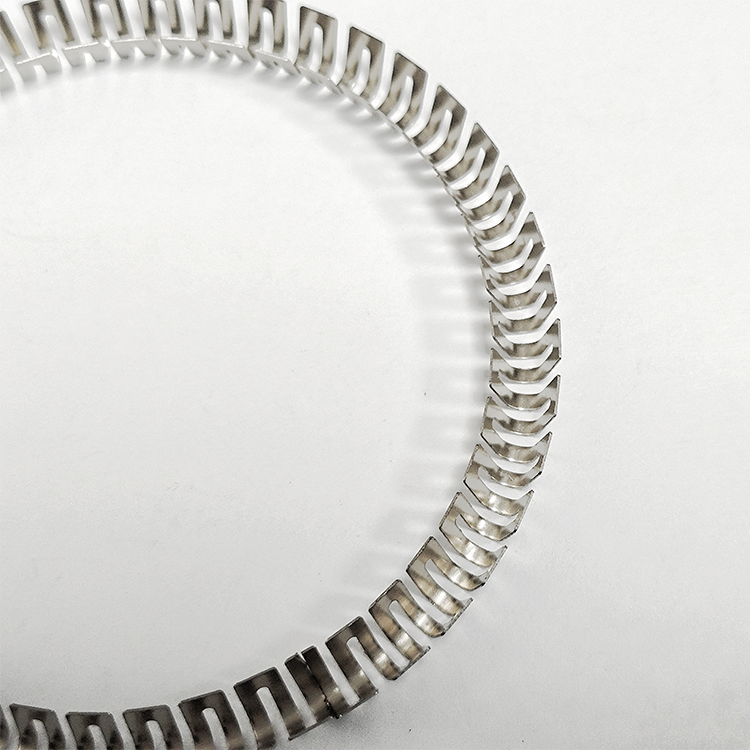Deciding the most suitable material for your V-spring application involves a multi-step process that considers several key factors.
1. Understand Application Requirements: Begin by thoroughly understanding your specific application needs, including mechanical, thermal and corrosion resistance requirements. For instance, if high temperatures are involved, opt for materials with superior heat resistance. Similarly, consider materials with excellent corrosion resistance in corrosive environments.
2. Evaluate Mechanical Performance: Consider the mechanical properties of the material like tensile strength, elasticity, and fatigue resistance. These attributes directly impact the spring’s ability to perform its intended function, such as resisting applied forces, providing adequate spring action, and enduring repeated load cycles without failure.

3. Assess Corrosion Resistance: The material should offer sufficient corrosion resistance to prevent premature degradation, especially in corrosive substances. This is crucial for your application.
4. Consider Temperature Characteristics: The operating temperature of the application is vital. The material must be able to withstand the working temperature without compromising its mechanical performance or corrosion resistance.
5. Cost Efficiency and Availability: Practical considerations like cost efficiency and material availability are important. Choose a material that strikes a balance between required performance and total production costs, and ensures readily available quantities to support your production schedule.
6. Consult Experts: When complex applications or standard materials fall short, seek expert advice from spring manufacturers on alternative materials or design adjustments needed. This may involve reviewing the entire system design to ensure optimal material selection.
7. Test and Validate: In certain cases, extensive testing might be necessary to validate the material’s performance.

By carefully evaluating these factors, you’ll make an informed choice about the best material for your V-spring, ensuring it meets the performance, durability, and reliability demands of your intended application.